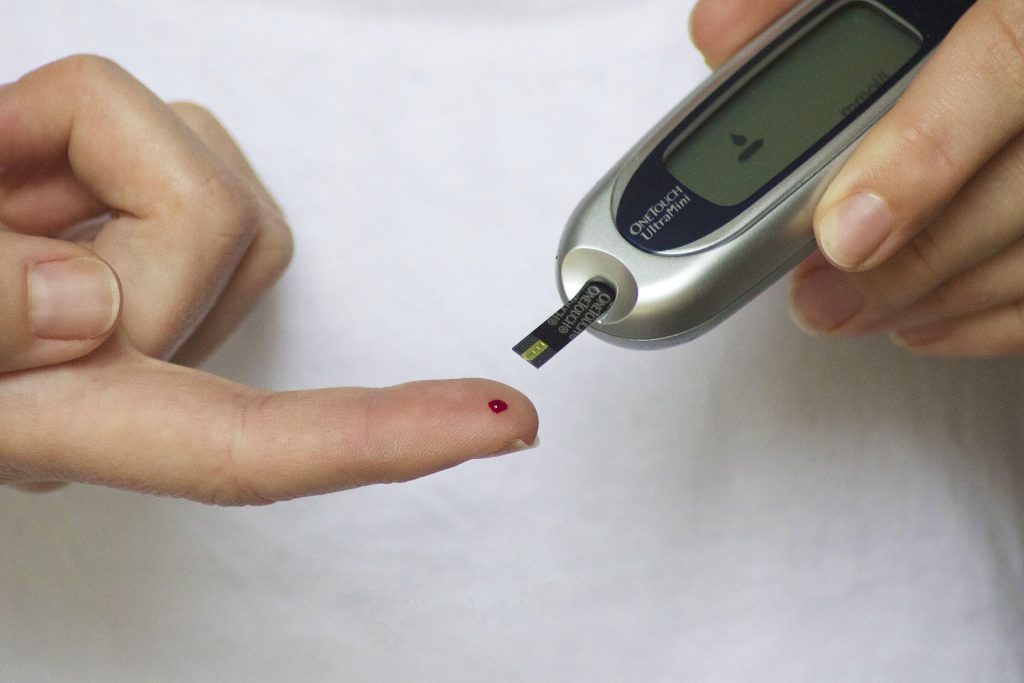You May Have Pre-Diabetes and Not Know It
Many medical problems are silent, until it is too late. Diabetes is a common disease that affects million Americans. But, there is good news. Developing diabetes has warning signs. Pay attention to those warning signs and you will avert developing diabetes. Diabetes has a precursor step called pre-diabetes that is easily diagnosed with blood work – one reason to have an annual exam if you are older than 30.

Pre-diabetes affects 88 million Americans. Don’t become one of them.
This discussion focuses on type 2 diabetes. Type 2 diabetes used to be called adult onset diabetes, but pre-adolescents are now diagnosed with type 2 diabetes. On the contrary, type 1 diabetes is characterized by not making enough insulin. Type 2 diabetes is characterized by making poorly functioning insulin (we will get into the reasons for that).
What is Pre-Diabetes
Pre-diabetes simply means you have a higher than normal fasting blood sugar. A normal fasting blood sugar is less than 100 mg/dl. A more optimal level, though, is less than 85 mg/dl. At the level, the risk for heart disease related to sugar control bottoms out. Pre-diabetes and type 2 diabetes results when cells in muscles, fat, and liver become resistant to insulin.
Insulin is a hormone that drives sugar from the blood stream into the cell where the sugar is then used to make energy. In pre-diabetes and type 2 diabetes cells do not respond well to insulin and sugar then accumulates in the blood stream. Insulin resistance not only leads to pre-diabetes and type 2 diabetes, but also obesity, high blood pressure and high cholesterol. These three conditions raise the risk of heart disease and stroke.
Diabetes leads to blindness, kidney failure, and nerve damage if not treated early and appropriately.
Signs and Symptoms of Pre-Diabetes
There are usually little overt symptoms of diabetes, but there are some clues you may have pre-diabetes short of testing your blood sugar. Below are signs of pre-diabetes.
- Waistline of over 40 inches in males and 35 inches in women, though many pre-diabetics have waistlines less than these numbers.
- Blood pressure reading of 130/80 or higher. Many individual with and without pre-diabetes have blood pressures in this range.
- Skin tags.
- A fasting triglyceride level over 150 mg/dl.
- A HDL or good cholesterol under 40 mg/dl in men and 50 mg/dl in women.
- Dark velvety patches of skin called acanthosis nigrans.
- And, as mentioned above, a fasting blood sugar over 100 mg/dl.
Risk Factors for Pre-Diabetes
Risk factors for pre-diabetes include:
- Being obese.
- Eating red meat and processed foods.
- Drinking sugar-sweetened beverages
- Being sedentary.
- Age. Risk of pre-diabetes increases after age 45.
- Family history of type 2 diabetes.
- History of gestational diabetes.
- Polycystic ovary syndrome.
- Obstructive sleep apnea.
- Race. Pre-diabetes is higher in Hispanic, American Indian, and Asian-American people.
Here is an important number. Thirty percent of pre-diabetics will be diagnosed with diabetes within five years. Takes steps now to avoid being one of those 30%.
How Can I Assess My Risk for Diabetes?
The American Diabetes Association has published this tool to assess your risk of developing type 2 diabetes.
What Can I Do to Prevent Pre-Diabetes?
Preventing pre-diabetes comes down to living a healthy lifestyle. This includes eating a healthy diet, getting regular exercise, controlling weight, and obtaining quality sleep. Or, if you prefer a list form.
- Healthy diet.
- Regular exercise.
- Control your weight.
- Get quality sleep (goes hand in hand with stress management).
We have several articles on this website that discuss the importance of adhering to a low glycemic diet, the benefits of both aerobic exercises and strength training, exercises, weight loss, and tips to getting good sleep. Below will be the nuts and bolts of these lifestyle areas.
Diet
Focus on a low glycemic diet. This is a diet that does not raise blood sugar to high levels. Keep these tips in mind when shopping for food.
- Avoid as much as possible any food that comes in a bag, box, can, jar. These are heavily processed foods typically loaded with various forms of sugar.
- Shop only the perimeter of the grocery store.
- If it swims in the water, flies in the air, runs on the ground, or falls from a tree – you can eat it.
Exercise
Exercise improves insulin sensitivity especially in the muscle cells. Both aerobic exercise and strength training will improve insulin sensitivity. On the cells of muscle are insulin receptors. The more muscle you have, the more insulin receptors you have. This improves blood sugar control reducing the risk of pre-diabetes. During aerobic exercise muscle must take in more sugar from the blood to function, and this too, lowers blood sugar.
Weight Control
The more fat we put on the more insulin resistant we become. It is simply that simple. Through a low glycemic eating plan and regular exercise coupled with good sleep you will be better able to control your weight.
Quality Sleep
Disrupted sleep disrupts our circadian rhythms and hormonal balance. Our body is quite active while we are asleep repairing and regenerating itself. This is impaired when sleep is poor. One outcome of disrupted sleep is a tendency to gain weight leading to insulin resistance and pre-diabetes.
